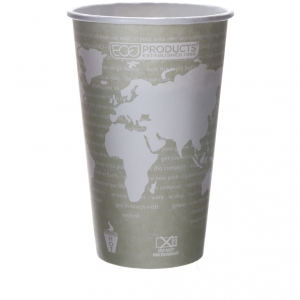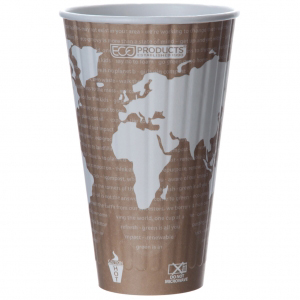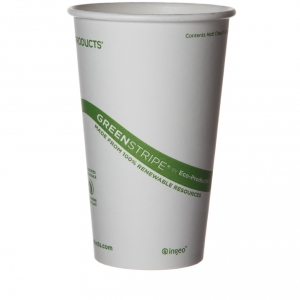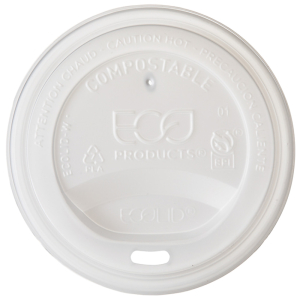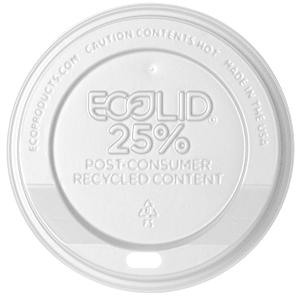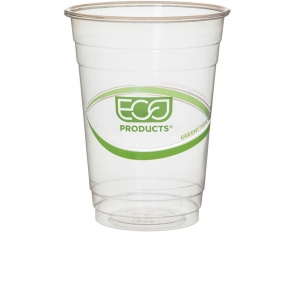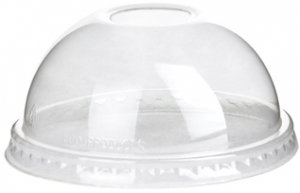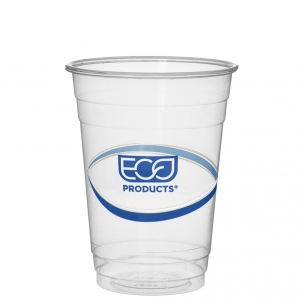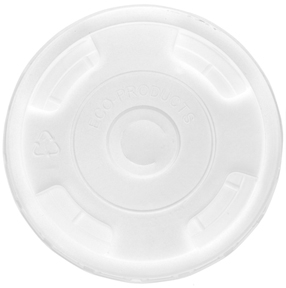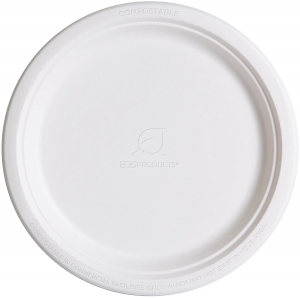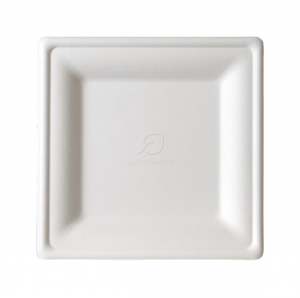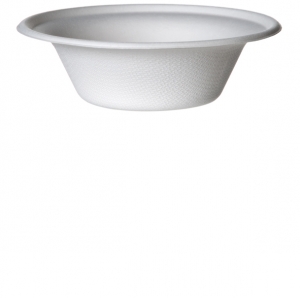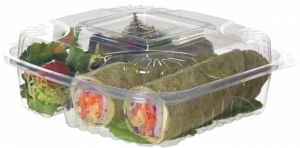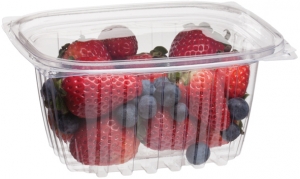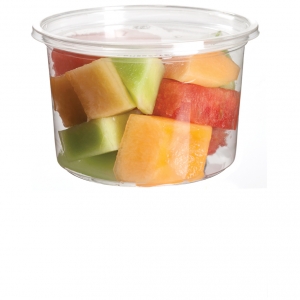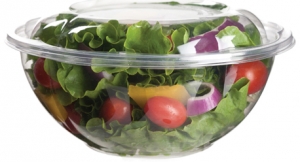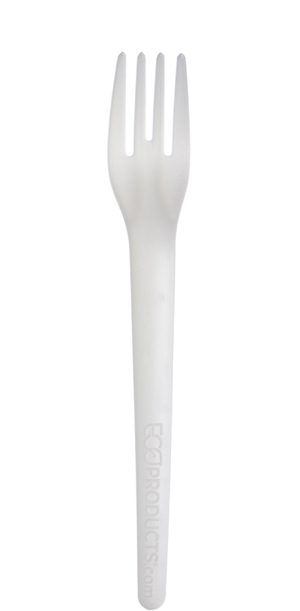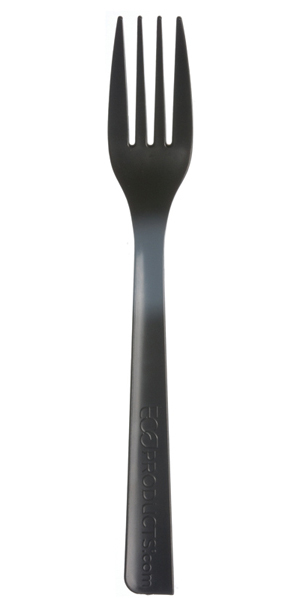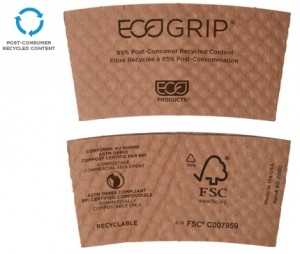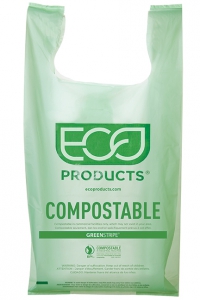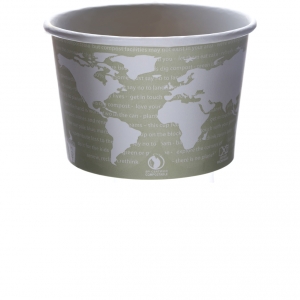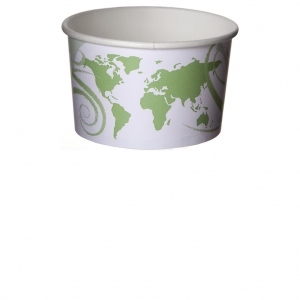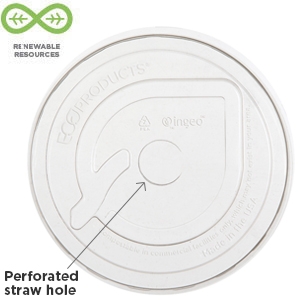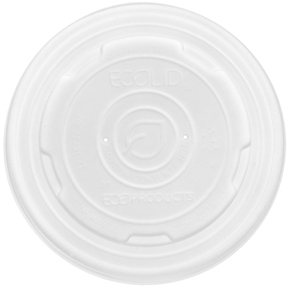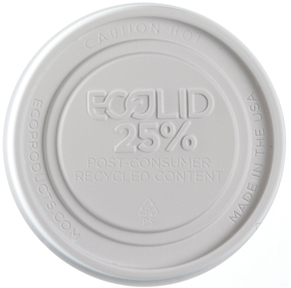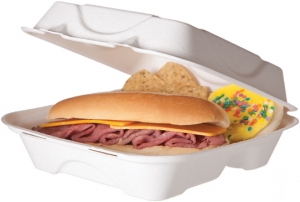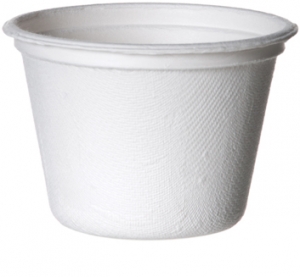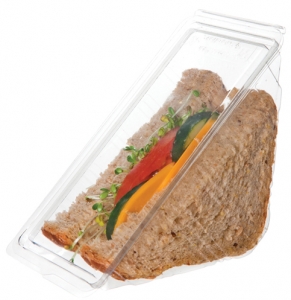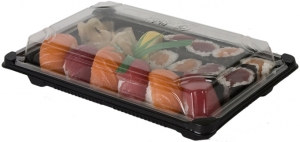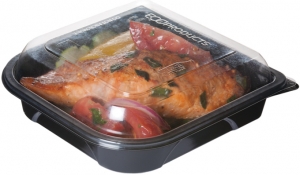|
|
|
|
|
|
|
|
|
|
|
|
|
|
|
|
|
|
|
|
|
|
Landfills
Compostable items are designed to be composted in a compost heap only. Composting is a very specific process which does not occur in landfills. Microorganisms, carbon, water, oxygen and nitrogen are all essential parts of the compost process and these factors need to be present in the right circumstances (such as in a compost pile) for composting to occur.
If compostable products are placed in an open landfill or dump where oxygen is available, they will decompose at a rate similar to other biodegradable materials in the same setting. If compostable products are placed in the more common anaerobic (air-locked or capped) landfill and deprived of oxygen and micro-organisms, then the ability of the compostable products to decompose will be severely restricted. This is true of all biodegradable materials placed in this setting, including paper, yard waste and food waste.
As a consumer, you should be skeptical of any manufacturer making claims that their products will biodegrade quickly in an air-locked landfill. Eco-Products clearly labels and certifies all our compostable products to help consumers and composters alike.
In a capped landfill (the most common type of landfill in the US), our products and most plastics will remain stable and not be a significant contributor to methane emissions as far as we know. Compostable PLA plastic breaks down in aerobic composting scenarios best, and composting is not a significant source of methane. Composting is a specific aerobic (oxygen rich) process which occurs in compost piles only, not inside sealed anaerobic (oxygen deprived) landfills. Other bioplastics have shown different results in landfills, and some bioplastics are being engineered to behave differently in landfills. Eco-Products uses PLA plastic exclusively in our compostable products, and it is tested and clearly marked for commercial compost.
Methane in landfills results from organic materials that end up in anaerobic (air-locked or capped) landfills and are deprived of oxygen and micro-organisms. Over long periods of time, organic material slowly degrades anaerobically resulting in the creation of methane gas. Methane gas is more harmful to the atmosphere than CO2 over its lifetime. Landfills are the second largest source of man-made methane emissions in the US, and much of this is attributed to the long legacy of organic matter anaerobically decomposing in the landfill and making methane gas. This is why it is more important than ever to keep as much organic matter like food scraps, yard waste, and agricultural waste out of the landfill. Plastics are generally stable in the landfill, and things like foam will stick around for a very long time – we are not sure when they will ever really break down.

